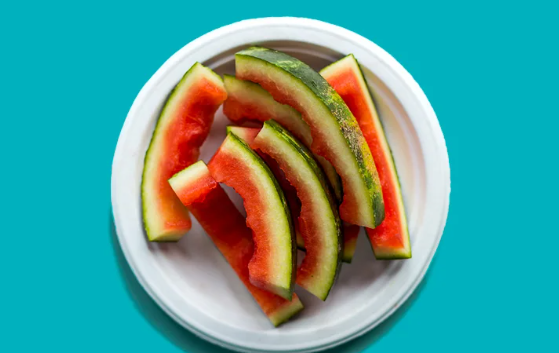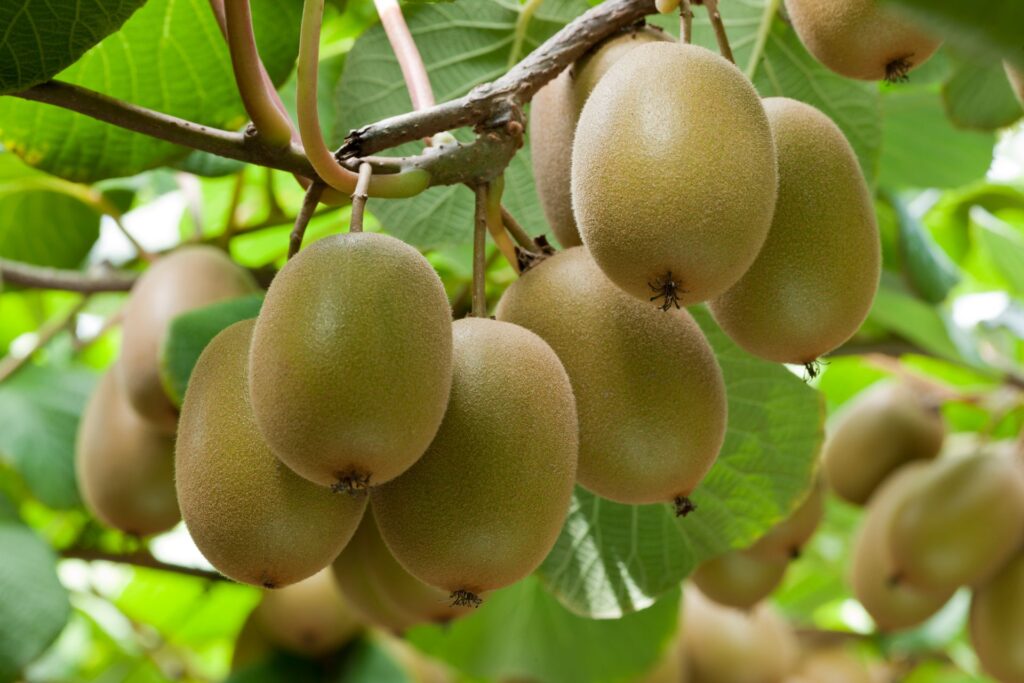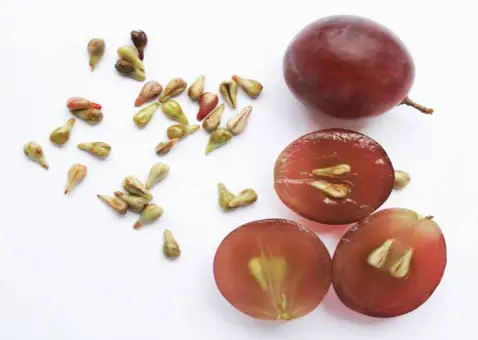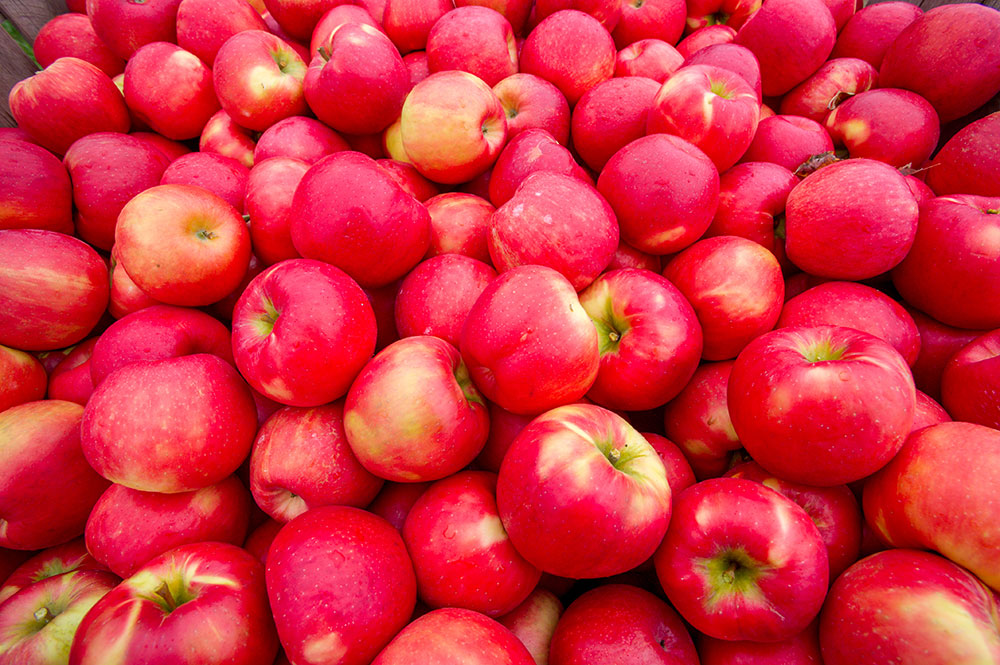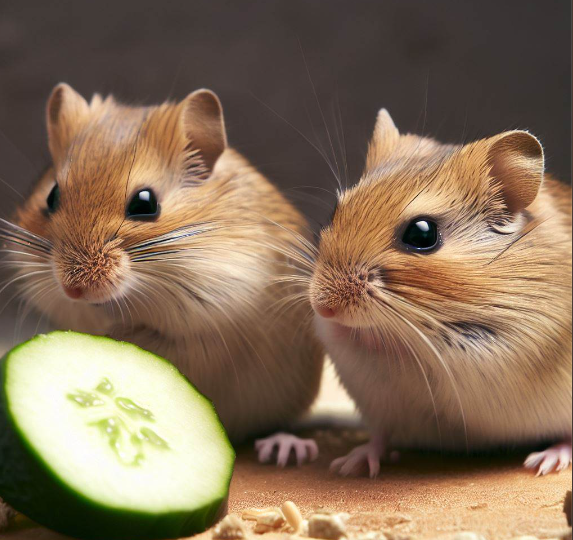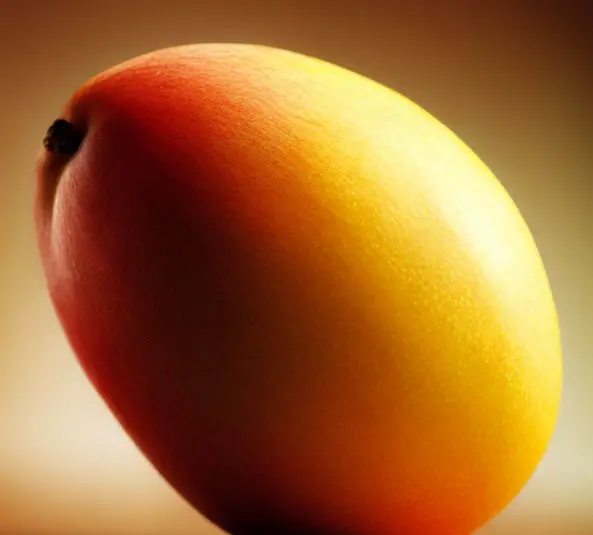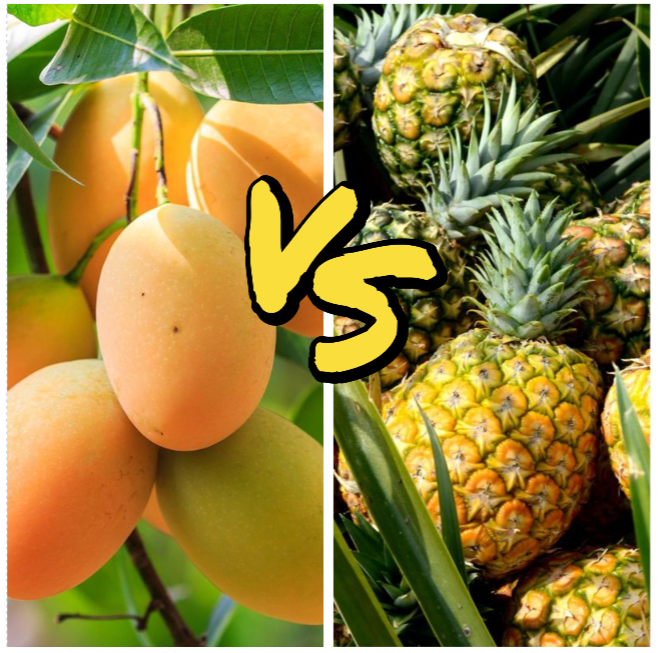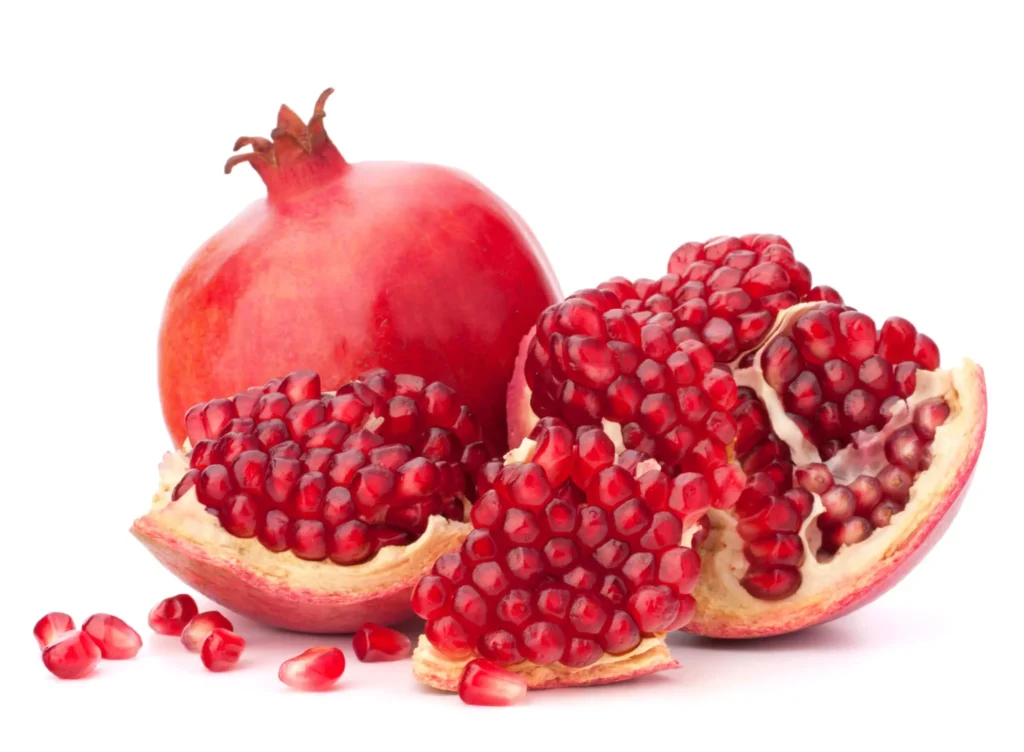Have you thought about how to make banana chips for selling? Banana chips are yummy and crunchy snacks that lots of people enjoy. If you can make lots of them, you can start a good business. Here is a detailed guide on how to make banana chips on a big scale.
Banana chips are loved by folks from kids to adults and making them in big quantities could earn you money. Let’s go step by step on how to make and sell banana by following the guide below.
Table of Contents
- Picking the Best Bananas
- Getting Bananas Ready
- Making Sure the Slices Stay Fresh
- How to Fry Banana Chips
- Cooling and Storing the Chips
- Checking Quality and How Long They Last
- How to Sell Your Banana Chips
- Conclusion
- Frequently Asked Questions
- Is it okay to make banana chips with ripe bananas?
- Can I bake the banana chips in an oven instead of frying them?
- What is the shelf life of banana chips?
- Can I flavor the banana chips with something other than salt?
- Are banana chips a good snack for health?
Picking the Best Bananas
First things first, you have to start with the best bananas.
Choose bananas that are just ripe but still solid. If they are too ripe, they’ll get mushy when frying. Look for bananas that are a bit on the green side or just turned yellow, with no dark spots or bruises.
The type of banana is important too. Different kinds might change how your chips taste and feel. Try out a few kinds to see which one you like best and think will sell the most.
Getting Bananas Ready
After you pick your bananas, get them ready to be turned into chips.
Wash the bananas well to get rid of any dirt. Then peel them and cut them into slices. Aim to make them the same thickness, around 1/8 to 1/4 inch, so they’ll cook evenly and be crispy.
Making Sure the Slices Stay Fresh
Next, you need to treat the banana slices so they keep their color and feel after being fried. There are a couple of ways to do this:
- Sulfite Soaking: Put the banana slices in a mix of sulfite powder and water. Follow the directions on the package for how to mix it. Soak the slices for a few minutes, then take them out and let them drain.
- Lemon Juice Soaking: You can also soak the banana slices in lemon juice mixed with water. Make sure all the pieces get wet. Let them soak for a few minutes, then drain them well.
How to Fry Banana Chips
Frying the banana slices the right way is very important. It makes them crunchy and tasty. Here is how to do it:
- Warm Up the Oil: You’ll need a deep fryer or a big pot. Fill it with vegetable oil or coconut oil and heat it up to about 350°F (175°C). Make sure there’s enough oil to cover the banana slices when they’re in the pot.
- Fry a Few at a Time: Put some banana slices in the hot oil carefully. Don’t put too many so they don’t stick together or touch. Fry them until they’re golden brown and crispy, around 2 to 3 minutes.
- Take Out the Extra Oil: Use a spoon with holes or something similar to get the chips out of the oil. Then put them on paper towels or a rack to let the extra oil drip off.
- Add Some Taste: Now you can make them tastier with salt, sugar, or maybe some spice like cinnamon or chili. Shake the chips gently in your chosen flavour to coat them evenly.
Cooling and Storing the Chips
You need to let the banana chips cool down before you pack them so they stay crispy.
Let the chips cool down all the way at room temperature, best on racks, before putting them into tight-sealed containers or bags. It’s very important to use packing that keeps out dampness and air, so the chips keep fresh.
Checking Quality and How Long They Last
Quality control is super important when you make banana chips to sell. Always look at your chips to make sure they’re not getting soggy, moldy, or old.
Taste them often to check they taste good. If you seal them properly and keep them the right way, banana chips can last for many months. But you should keep an eye on them to make sure they stay nice and fresh.
How to Sell Your Banana Chips
Once you’ve made your banana chips, it’s time to think about how to sell them.
- Make a Brand: Think of a cool name and logo for your banana chips. Make the packing look nice. Your brand should be something people remember.
- Good Looking Packs: The packing should be pretty and useful. It should also tell the buyers what’s inside, like how many calories and what ingredients you used.
- Set a Good Price: Figure out how much to charge for your chips. Think about how much it costs to make them and look at how much other snacks cost.
- Find Ways to Sell: Look for places to sell your chips, like stores, online, or maybe your own shop. Connect with people who can help you sell more.
- Spread the Word: Tell people about your chips. Use social media, collaborate with influencers, write on food blogs, and join local events. Give samples and discounts to get people to try them and come back for more.
Conclusion
Starting a banana chip business can be fun and make you money. This guide shows you all the steps you need to make delicious banana chips that snack lovers will enjoy. Good luck with your crunchy venture!
When starting your banana chips business, pay close attention to choosing the best bananas, master the art of frying, and invest in eye-catching packaging along with good marketing. If you work hard and look after the details, you can build a thriving business that offers delicious, easy-to-eat snacks to people who love them.
Frequently Asked Questions
Is it okay to make banana chips with ripe bananas?
No, ripe bananas are not good for making banana chips because they get too soft when you fry them. Use bananas that are a bit green or just turned yellow which are still hard.
Can I bake the banana chips in an oven instead of frying them?
Yes, you can bake banana chips in an oven with a low heat. But remember, they may not be as crunchy or taste exactly the same as the ones you fry.
What is the shelf life of banana chips?
If you seal banana chips well and store them the right way, they can stay crunchy and good to eat for a few months. Just make sure to check them sometimes to see if they are still good.
Can I flavor the banana chips with something other than salt?
Sure, you can use different seasonings like sugar, cinnamon, or chili powder on your banana drops to make them have special tastes.
Are banana chips a good snack for health?
Banana chips can be better for you than many other snacks that are fried. But since they are also fried, it’s best to eat them in small amounts as part of a diet that has different kinds of food.

